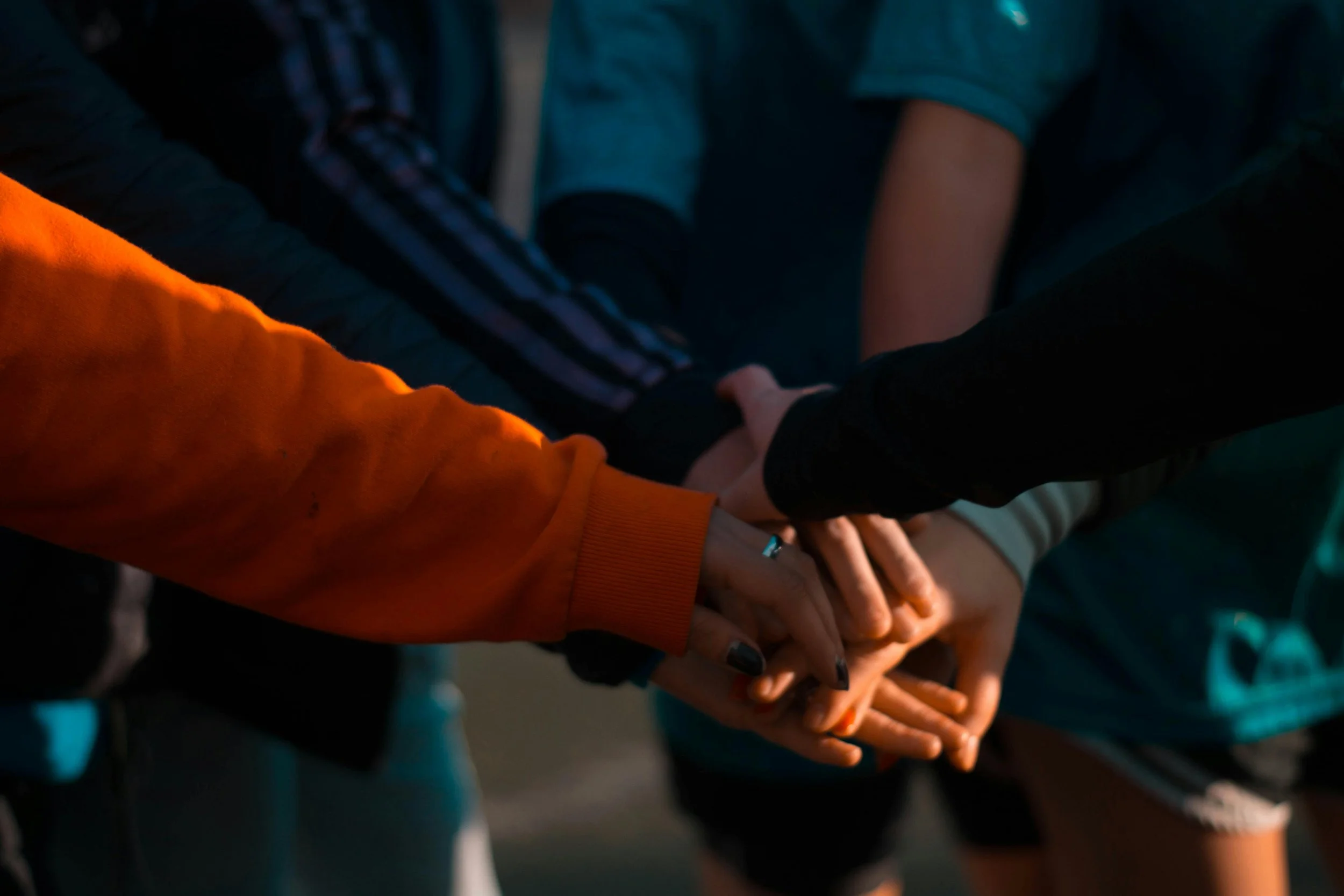Community driven research design
I think one of the things that folks struggle with around CBPR and community driven research design is the idea that we will end up having to do “bad” research to appease partners. Patients and community members don’t know the research literature, haven’t studied like we have, and don’t possess the skills needed to interpret and contextualize findings within the larger body of knowledge. Of course, these things are true. But that’s not really the point of partnering with communities, is it? If the community knew how to do research, they wouldn’t need us, would they 😜.
Community partners have lived experience, local knowledge, and ideas for how new knowledge could be used in their daily lives. Researchers, who are not generally from these spaces, can’t know these things otherwise.
So how does community drive research work in practice? Let me share with you my first major project utilizing CBPR principles.
I’ve spent a good deal of my career focusing on chronic conditions. Why? Because they are everywhere and unlike many other conditions, they can technically be self-managed. However, the research literature shows us that people generally struggle with self-management long-term. So, I proposed to conduct a project alongside patients with diabetes to co-create research questions about how to improve diabetes self-management behaviour. As I was building out this plan, I spoke with a few people who had diabetes, and they confirmed that my plan was workable. I added in the appropriate theories, checked all the grant submission boxes, and was fortunate that on my second attempted application to receive funding!
I won’t bore you with the details of what we had planned (you can read that here), but I was worried of messing up. This worry turned to terror when for the first meeting we hosted with patients to start the project we couldn’t set up our slide show presentation (I know, I know it was a bad idea to lead with that), and it was attended by just 4 people, who asked questions like, “What’s the blood test I have to get every 3 months?”
For those of you who don’t know the blood test they were referring to, was an HbA1c test and it is THE test that determines if a person’s diabetes is under control. So, for a group of people with an average time since diagnosis sitting around 7 years, this was something that should be very familiar. Through my panic I just started asking questions like, “Does your doctor tell you about the results from these tests?”, “What does your doctor (or pharmacist) tell you about your diabetes?”, and “What questions do you have about diabetes?”
It was in the answers to these questions, some of which horrified my cloistered academic mind, and others of which surprised me with their insightfulness, that led me away from the original plan to focus on self-management towards a more comprehensive view of diabetes education and support. Two years and more than a dozen meetings, with nearly 90 patient participants across three communities, we co-wrote 17 research questions about how to improve the health outcomes of people with Type II Diabetes.
After completing two scoping reviews we realized that the questions we co-wrote broke into basically three groups. The first were those for which we already had A LOT of data and evidence, which clearly hadn’t made it to the hands of the patient participants in our group in a way they could remember and use. The second were those which had a few answers, but for which the patients brought an alternative perspective or focus. The third were those no one seems to have previously considered.
The approach for the second and third groups of questions is easy, we can see that there would be “new” knowledge created by answering those questions, but I want to talk about the first group. For those questions it would be wasteful to just re-answer them. But we had to ask ourselves why patients didn’t already have this knowledge? Did they not understand when the information was shared with them originally (assuming it was shared)? Did they forget about it? And if so, how do we re-share it in a way that helps them to remember? Or did the original answers miss something important to patients that would help them to better integrate this knowledge?
This is where we get back to a theme from last week. Were these the kinds of questions I anticipated co-writing with our participants? Nope. But I got curious about why these were the questions my patient participants needed answers to, when as far as I could tell they’d already been answered. Clearly, we missed something.
At a time when science is under attack, we need more community engagement not less. There are research questions EVERYWHERE, we just need to get curious and ask.
(Words: 808)
